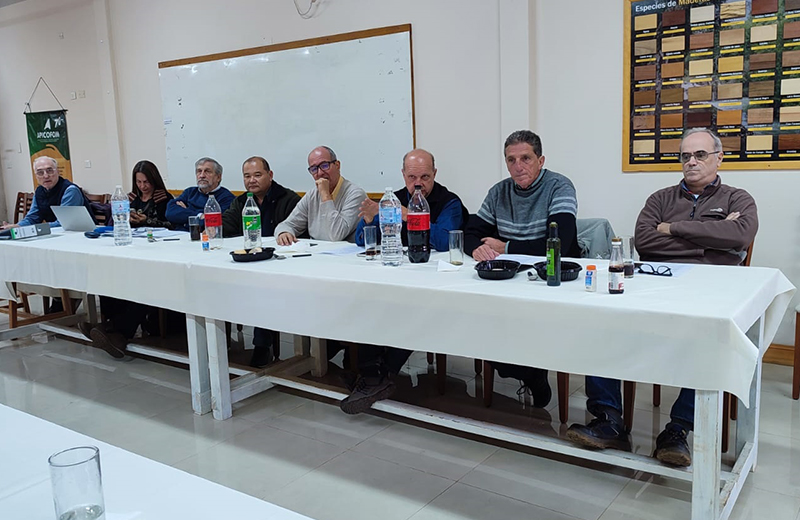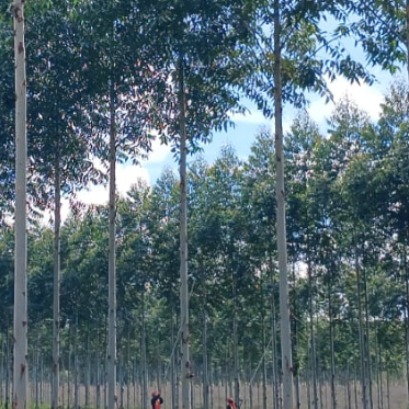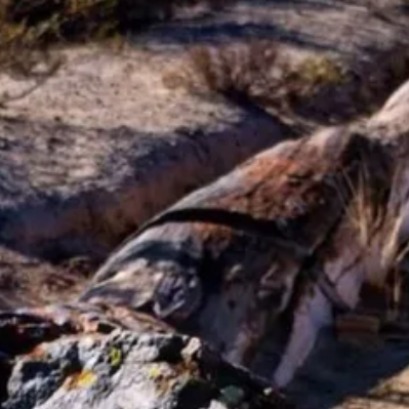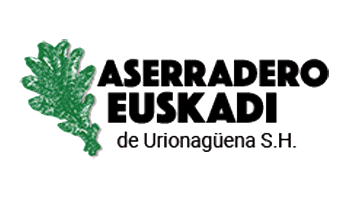
The industrial forestry sector is concerned about the forestry asset and the future supply of raw materials
At the recent National Timber Congress organized by FAIMA in the province of Santiago del Estero
APICOFOM “presented a paper on this subject, alerted about the inconveniences that could be envisioned. Timber businessmen from all over the country understood that in the short or medium term this reality could affect them, because if plantations are not increased, there will be a lack of wood”.
The treatment at the meeting of the Board of Directors was expanded by addressing aspects related to the yields of the rolls, biomass production, domestic and international prices, inflation and exchange parity, and public policies for housing promotion.
There was agreement on the need to carry out marketing plans to promote the use of wood with added value, and the importance of reactivating exports to lighten the stock destined for the national market, depressing prices and profit margins. They also assured that many industries do not stop their activities just to maintain sources of employment.
The debate on this issue occupied a large part of the agenda of the meeting of the APICOFOM Board of Directors, corresponding to the month of June. The trigger was the treatment of this axis during the sectoral workshop organized by IERAL in the city of Posadas, an event in which the president of the business entity, Guillermo Fachinello, and leaders of the activity participated.
The concern responds -among other factors- to the installation of large-scale industrial enterprises and the consumption of wood that they have planned in the north of the province of Corrientes, a situation that will affect the supply for the industries in the south of Misiones. To this is added the few plantations that have been recorded (although an encouraging fact is that this year the forest nurseries would be working at a good pace), the concentration of planted forests and the resination of pines (which delays the normal growth of the trees ).
“We all want to work and invest but we are not certain about supply. In Misiones and Corrientes they say that there is wood, but that is not our reading, and it is necessary to have reliable information from the Nation and provinces to be able to work in a planned manner. In addition to the fact that exporting is key, we must improve our logistics costs, both prices and conditions, because they are much more expensive than in neighboring countries ”, he stated.

IT MAY INTEREST YOU
 Combilift Unveils the 2025 Christmas video “Twelve Days of Christmas” – with a Twist!
Combilift Unveils the 2025 Christmas video “Twelve Days of Christmas” – with a Twist!
Monaghan, Ireland – November 2025
 Paraguay | The plantations became instruments of territorial development and the generation of decent employment, INFONA highlights.
Paraguay | The plantations became instruments of territorial development and the generation of decent employment, INFONA highlights.
Plantings in different phases, control of ants and weeds, pruning and thinning, mechanized harvest, technology applied to the field and complete integration of the production cycle were part of the CREA Forestal proposal in its Technical Update Conference – JAT Forestal 2025. The event took place on Friday, November 14, at Estancia Ñemity, located in San Juan Nepomuceno, Caazapá, where agricultural producers, technicians, contractors, students and companies in the sector met to observe the forestry business of the future in action.
 The forest of the oldest shadows: the story of the petrified trees
The forest of the oldest shadows: the story of the petrified trees
One of the natural treasures of Río Negro turns 23 years old under the protection law that allows its conservation. Where it is and how it was formed. Río Negro celebrates 23 years of conservation in the petrified forest as a Protected Natural Area (ANP). It is a space of 625 hectares that protects an exceptional site of fossil trunks that date back more than 60 million years.





















